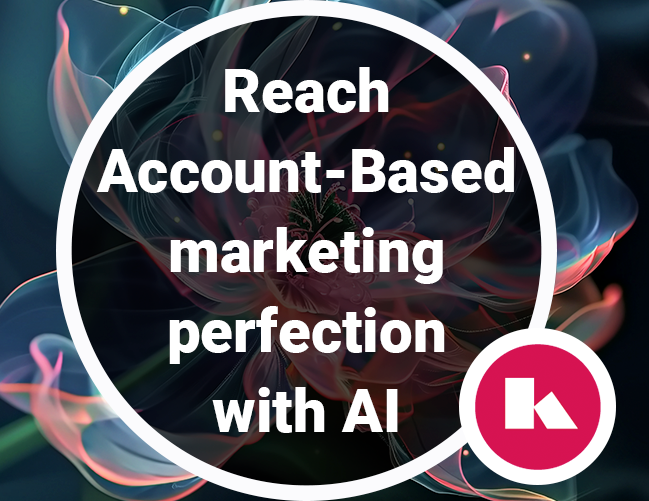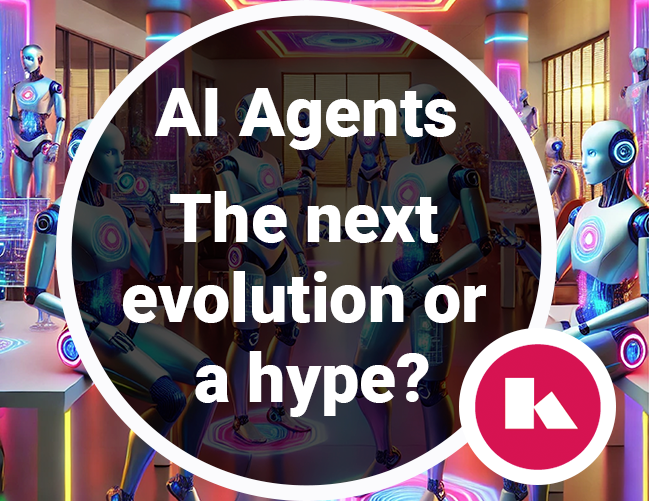In the fast going evolution of artificial intelligence, users find themselves in a landscape where algorithms make decisions that impact their daily lives. While A.I. brings about efficiency and innovation, the important role of human interaction becomes apparent, shaping the way we design, use, and improve these intelligent systems.
In a previous insight we mentioned how to avoid challenges like A.I. bias. A part of doing this lies in the role of human interaction. One of the items mentioned was the ability of the user to understand the way of working of algorithm, the quest for transparency and explainability. Another item is involving the user in the learning and feedback process, User Feedback: The Catalyst for Improvement.
The Quest for transparency and explainability
One of the challenges in A.I. is to make the use and methods of the algorithms transparent and understandable. Users deserve to know how and why certain decisions are made by A.I. systems, especially when they determine the outcome and influence their experiences. Striving for transparency is not only a technical endeavor, but a commitment to empowering users with knowledge about the workings of the systems they interact with.

Besides transparent, developers must ensure that algorithms are explainable, breaking down complex processes into comprehensible steps. This transparency serves as a cornerstone for accountability, allowing users to understand and explore the decision-making mechanisms. By demystifying the “black box” nature of some algorithms, developers contribute to building trust and fostering a sense of control among users.
User Feedback: The Catalyst for Improvement
In the dynamic relationship between users and A.I. systems, feedback becomes a powerful tool for refinement. Encouraging users to provide feedback on their interactions with algorithm-driven systems creates a valuable feedback loop. This loop not only allows developers to identify potential issues, but also offers insights into areas for improvement.

However, the effectiveness of this feedback mechanism is depending on the user experience (UX). The solution must seamlessly integrate feedback processes into daily usage, making it a natural and unobtrusive part of the user journey. The goal is to collect valuable insights without disrupting the user experience, striking a delicate balance between obtaining information and respecting the user’s engagement with the A.I. system.
UX Development: A Gateway to Understanding
Transparency and explainability extend beyond the technical aspects of algorithms—they become integral components of UX development. The user interface should not be a barrier, but a gateway to understanding. Users should be empowered to comprehend the outcomes based on the decisions made by AI systems. Making algorithms transparent and explainable for users is crucial for building trust and ensuring user comprehension.
Here are strategies to achieve transparency and explainability in AI algorithms:

Use Persona’s
Always work with a persona to understand how the use of A.I. is part of the daily goals and is solving frustration.

Design with a layered approach
Empower users to control the depth of the explanation. Show the results but enable the user to explore and seek clarifications on specific aspects of the algorithm. This way the experienced user isn’t bothered, but the doubtful user is able to understand.

Use Interactive Visualisations
Use interactive visualisations to represent how the algorithm processes data and arrives at decisions. Visual aids help users grasp complex concepts more intuitively.

Highlighting Decision Factors
Highlight the importance of different features or variables in the decision-making process. Clearly indicate which factors influenced a specific decision. This helps users trace back and understand the logic behind each outcome.
By incorporating transparency features into the design, developers enhance user awareness and comprehension. The user should be able to trace the decision-making process, providing them with a sense of control and fostering trust in the technology they engage with.
UX Development: A Gateway to Feedback
Here are some best practices:

Contextual Feedback Requests
Trigger feedback requests at relevant points in the user experience, such as after completing a task or achieving a milestone. Ensure the timing is non-disruptive and aligns with positive user interactions.
Clear and Visible Feedback Icons
Use intuitive icons or symbols to signify areas where users can provide feedback. Place these icons prominently but not intrusive within the interface to ensure easy visibility.

Continuous Improvement Loop
Establish a clear process for addressing and acting upon user feedback. Communicate to users that their feedback contributes to ongoing improvements, fostering a sense of collaboration.

Special training place for expert users
You can learn a lot from expert users. If you have a dedicated place to train algorithms, they are mostly willing to help out.

Gamification Elements
Introduce gamification elements, such as badges or rewards, to incentivize users to provide feedback. Recognising and rewarding users for their contributions can enhance participation.
As with all design elements it is also useful to monitor user engagement and adjust the feedback process accordingly.
By combining these practices, you can create an interactive and user-centric feedback system that not only collects valuable insights, but also enhances the overall user experience with AI.
The human touch remains essential, ensuring that the benefits of AI are harnessed responsibly and ethically.
In conclusion, the interaction between users and AI systems is a nuanced dance, where transparency, user feedback and UX development play crucial roles. As we navigate this complex landscape, the human touch remains essential, ensuring that the benefits of AI are harnessed responsibly and ethically for the betterment of society.
Recent Posts
Business

Reach Account-Based Marketing perfection with AI
While Account-Based Marketing (ABM) may appear to be a natural evolution of targeted marketing, there’s much more...
A.I.

AI Agents, the logical evolution that is hyped
Agents are the latest buzzword in AI, often positioned as the next evolution beyond Generative AI (GenAI). The concept...
Company

Kentivo Group acquires Media Digitaal B.V. (MDInfo)
The Kentivo Group of companies is delighted to announce the acquisition of MediaDigitaal B.V. in Amsterdam, The...
